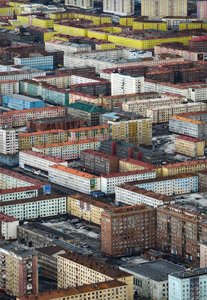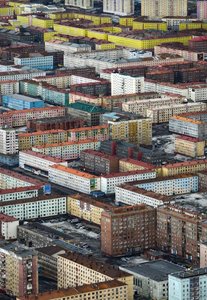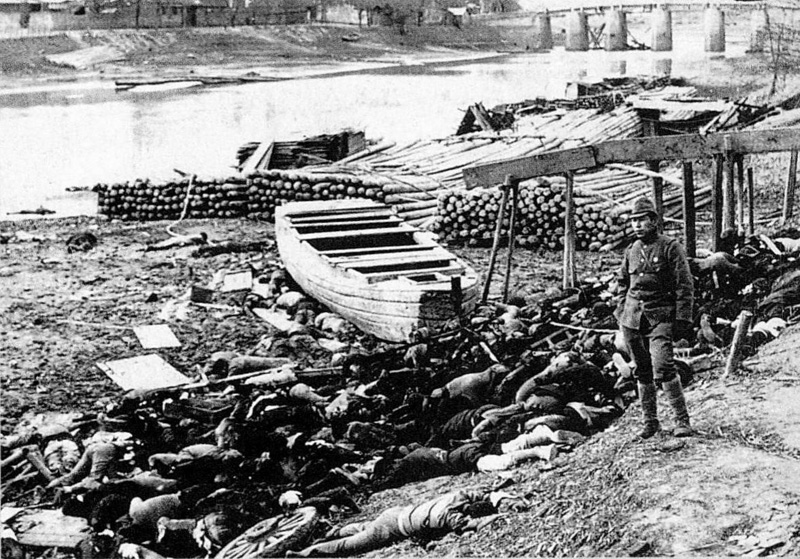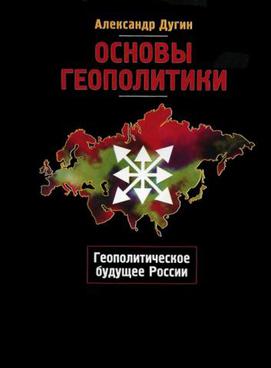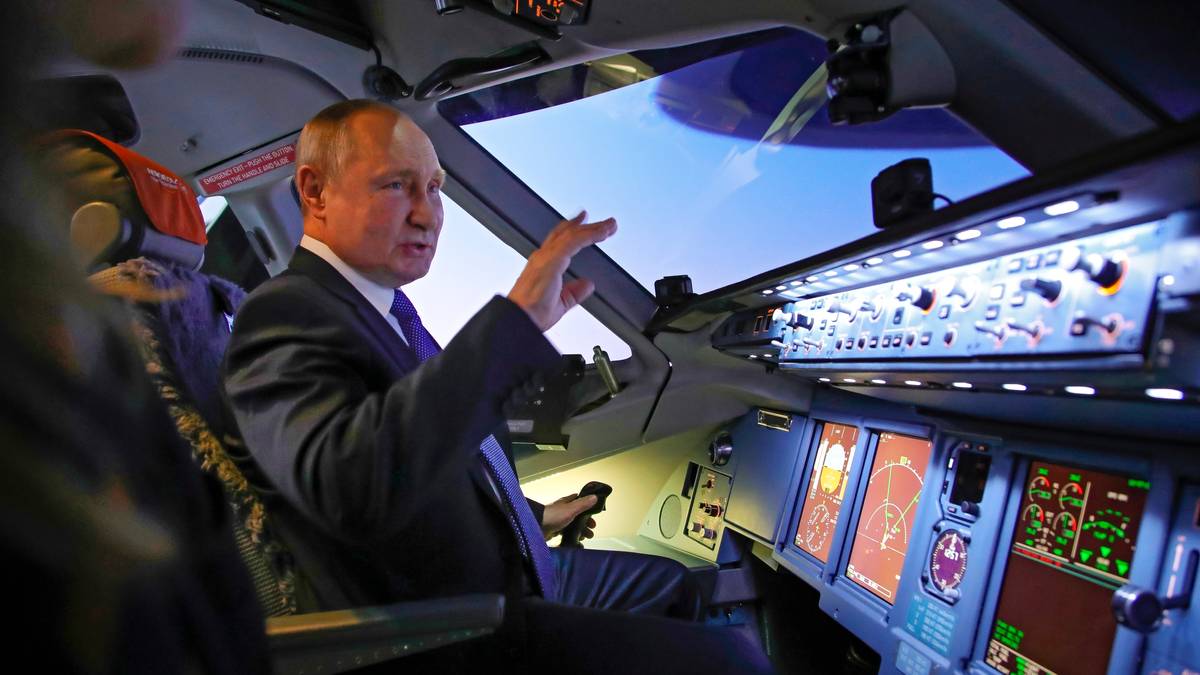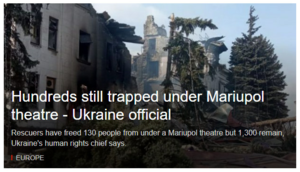FT idag; mange gode grunner til å glemme alle planer om "no-fly" sone:
Military briefing: why Ukraine needs air defence, not a no-fly zone
Ramping up ways for Kyiv to contest the skies may better serve its needs in the war
Invoking Pearl Harbor, 9/11 and Martin Luther King, Volodymyr Zelensky, Ukraine’s president, had one core message for members of the US Congress in his emotive speech on Wednesday: “Protect our skies”.
Demanding that Nato impose a no-fly zone over Ukraine has been a constant call from Zelensky and his ministers during the three weeks of Russia’s invasion — and a flat refusal from Nato has been the constant response.
But as Kyiv’s demands broaden from empty to contested skies, the US, UK and other countries are eagerly ramping up supplies of air defence systems — an alternative that western officials say is not only more feasible but better for Ukraine’s military chances.
The US on Wednesday approved a new weapons supply package for Kyiv including 100 kamikaze drones and 800 shoulder-fired Stinger anti-aircraft missiles. That is in addition to high-velocity Starstreak portable surface-to-air missiles being sent by the UK, and other systems from Denmark, Germany, Italy and other EU militaries.
The US is also in negotiations with eastern European countries to supply Soviet-developed S-300 air defence systems to replenish Ukraine’s reserves.
“The fact that the Russians have not been able to establish air superiority is a direct function of the effectiveness of the Ukrainian air defence,” said a senior Nato intelligence official. “From a Ukrainian perspective, the list of things they are asking for . . . are very specific: they need air defence ammunition.”
A no-fly zone has myriad obstacles. First and foremost, it would require Nato planes to enforce it, including attacking any Russian aircraft seen in breach — a step that would trigger a broader Nato-Russia war. It would also require the military alliance to strike Russian air defence systems located inside Russia to disable them and stop them attacking Nato jets.
“Are we really going to be firing missiles into sovereign Russia? Let’s be honest. We are not,” Ben Wallace, UK defence minister, said on Wednesday.
Lloyd Austin, US defence secretary, says some of Russia’s deadliest attacks could not be prevented by a no-fly zone © Jakub Gavlak/EPA/Shutterstock
Lloyd Austin, US defence secretary, said that Joe Biden, US president, has vowed not to enter direct combat with Russia, which a no-fly zone would require.
“There’s no easy or simple way to do this,” he said. “A no-fly zone means you’re in a conflict.”
Wallace also pointed out that the demanded no-fly zone would apply to all parties, not just the Russians.
“I’m not entirely sure it doesn’t do anything but favour Russians. The Russians have an overwhelming number of ground-based artillery and precision missiles . . . one of the few weapons systems the Ukrainians have to reach those in depth are [drones] and aircraft,” he said.
“If you take that out of the system . . . the Russians could just carry on firing indiscriminately day in day out, because nothing could attack them.”
Some of Russia’s deadliest attacks could not be prevented by a no-fly zone, Austin said on Thursday, pointing to a Russian cruise missile attack on a Ukrainian military base near the Polish border which killed more than 35 people.
“A no-fly zone would not have prevented that,” Austin said in Bratislava.
Another problem with enforcing a no-fly zone would be ensuring that soldiers on the ground, armed with western-provided air-defence missiles, are well trained enough to tell neutral patrolling planes from adversaries.
“Don’t forget that we have flooded the conflict with light anti-aircraft weapons,” said Christopher Donnelly, a longtime former adviser to Nato on the Russian military. “Can you tell a MiG29 from an F15 — a big plane coming at you with twin tails? Most people cannot, in uniform or out of it. The problem with a no-fly zone is the sheer impracticality of it.”
Shifting the debate from no-fly zone to better Ukrainian air defence capabilities has underscored that the battle for control of the skies is critical to the outcome of the conflict, analysts said.
One European military official from the Baltic region said the coming days were a critical juncture for Ukraine, which was in urgent need of resupply for its air defence systems.
Calls for a no fly-zone were more of a bargaining chip than a serious consideration in Kyiv, he said: “What they need, and what they know they need, are more serious air-defence systems.”
So far, Ukraine has made careful use of its Soviet-designed anti-aircraft batteries. “They have kept them moving, they have been disciplined . . . and they have had some success in hitting Russian fixed-wing aircraft and missiles,” said Justin Bronk, research fellow for air power at the UK’s Royal United Services Institute.
But Ukrainian defences have also been ground down. Of the 350 powerful S-300s Ukraine possessed at the outset of the conflict, Russia’s military claims to have destroyed 123.
Stocks of missiles are now critically low, too. Ukrainian forces are being more selective in what they target, ignoring Russian missiles in favour of higher-value aircraft alone.


